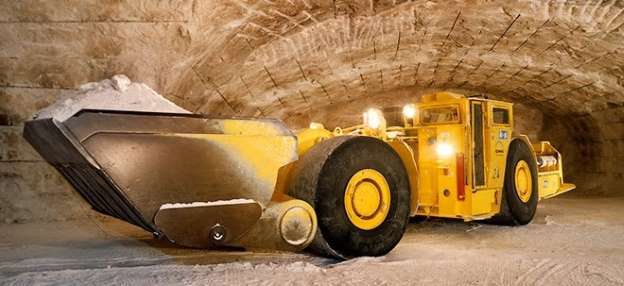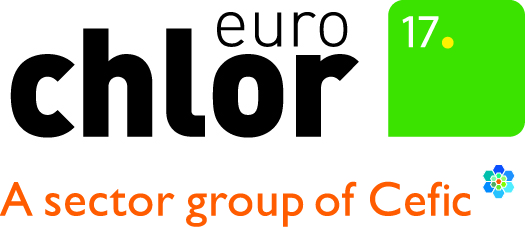Raw materials
Three key ingredients are needed to make chlorine by our industry, salt, water and electricity.
SALT (OFTEN SODIUM CHLORIDE OR NACL)
Salt can be dug up from mines hundreds of meters below the earth’s surface, where it is found as ‘rock salt’. Large salt mines are found in Germany, who have one of the largest salt mines in Europe (located in Borth). Subterranean deposits there are estimated at more than 200,000 million tonnes.
Salt can also be extracted by pouring hot water into underground salt plugs. The salt dissolves and the resulting brine solution is pumped to the surface. The advantage of this method is that the extraction process can be regulated so that many of the impurities in the salt remain underground. The brine is then concentrated by evaporation in large vacuum plants to a high purity.
In underground salt mines, sometimes hundreds of meters under the surface, salt is transported to the conveyor belts with heavy vehicles – Picture courtesy of Kali&Saltz AG

Water
Good quality water is important in the process to avoid impurities in the resulting products. As such, a lot of pre and post-production treatment takes place to ensure high quality products and no problems during any emission.
Electricity
Energy accounts for over 50% of the cost of producing chlor-alkali. It is used to split the sodium, chlorine and water apart whilst keeping them apart by attracting the resulting products in different directions. As this is such a key ingredient, more information can be found in our Energy Corner.
